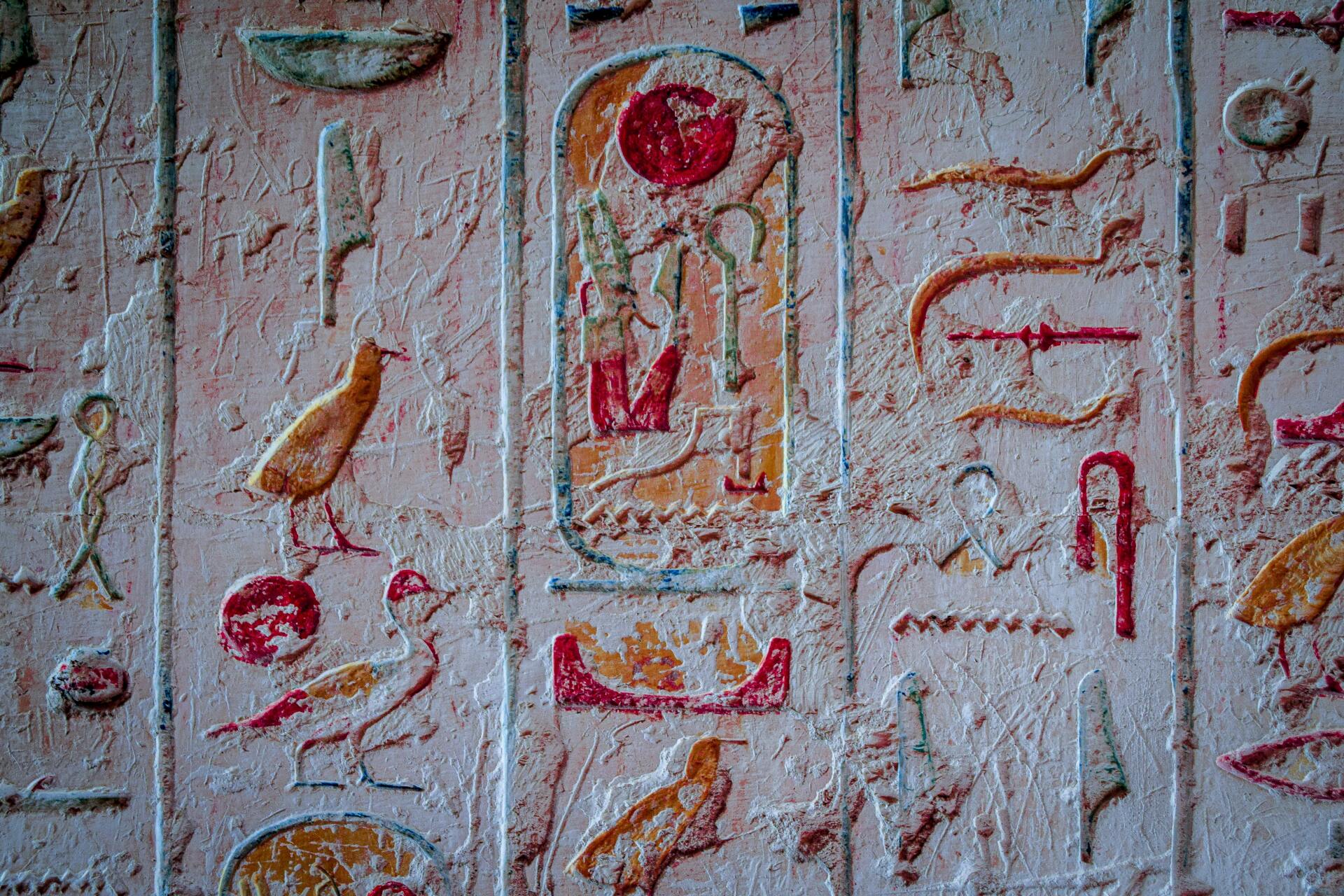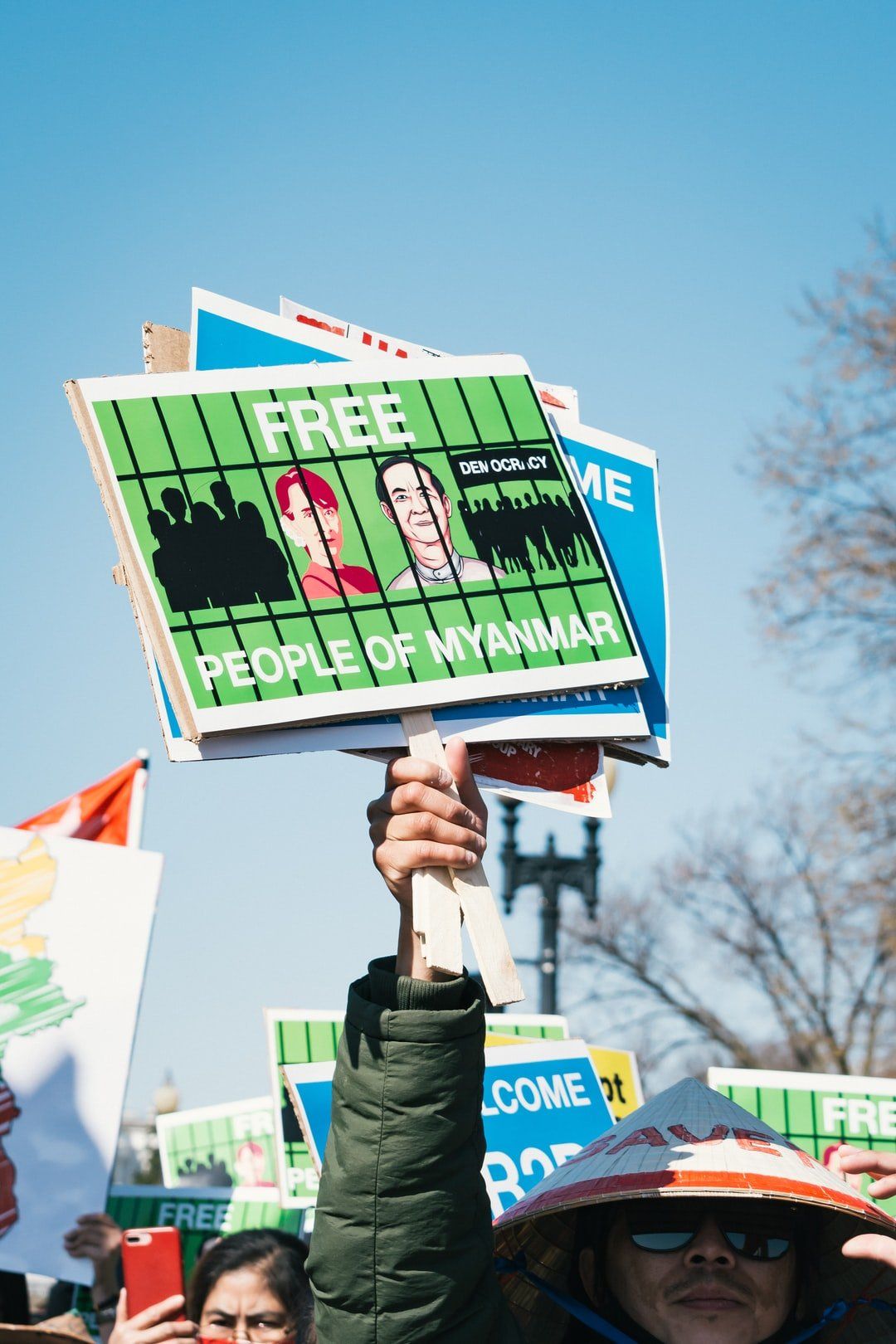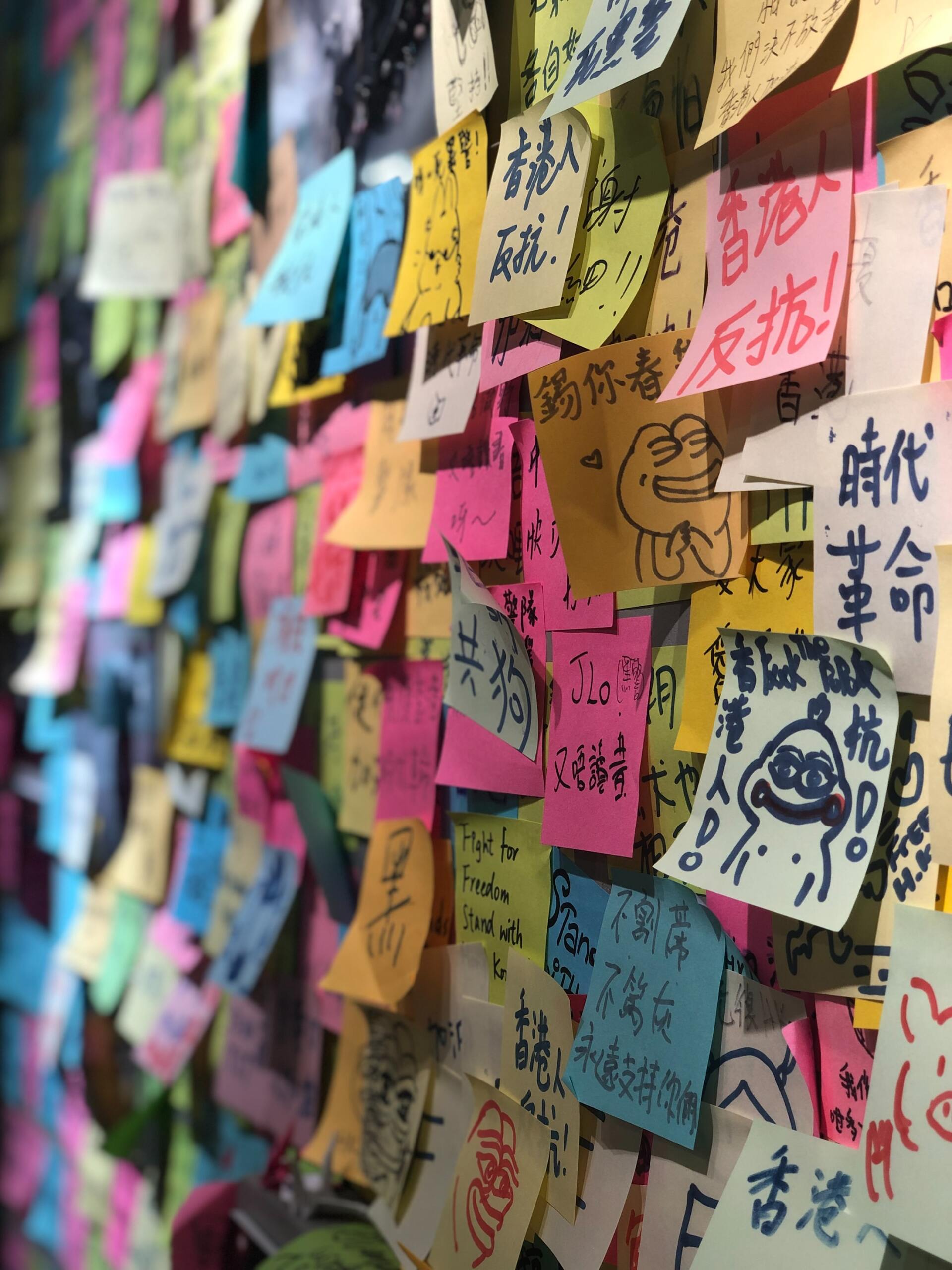India’s diversity- boon Or bane?
As rightfully said by Rabindranath Tagore, If God had so wished, he would have made all Indians speak with one language ... the unity of India has been and shall always be a unity in diversity." India’s diversity is reflected in the variety of rituals, customs, religions, customs and social structures spread across a population of 1.3 billion individuals. It is reinforced by the multicultural and secular approach adopted by the country which has propelled its growth and global significance. However, these persisting differences have also increased the likelihood of social conflicts within the society which are often voiced in a rather morally reprehensible and violent manner. From the 1984 Sikh riots ("1984 Anti-Sikh riots - history and aftermath,"2018) and the 2002 Godhra riots in Gujarat ("Timeline of the riots in Modi’s Gujarat (Published 2014)," 2018) to the recent riots in North- East Delhi, India’s tryst with communal related violence has been rather fateful.
Communalism is the product of a particular situation of a particular society, economic and polity. It can be described as an effort of the community to fight for a possible solution of their personal and social crisis without correctly getting hold of what the social state of affairs are. More often than not, such clashes are more ideological than physical thereby, emphasising upon the increasing need to drive home the falsity of communal assumption, of communal logic, of communal answer etc.
The widening gap between truth and lies
With the advent of technology, fighting such ideologies has become all the more difficult given the consumer driven media platforms which believe in giving people what they want rather than what they need, making it difficult to distinguish between right and wrong for each side has its own sea of digital supporters. Digital platforms including social media have gone on to become carriers of fake news which is often targeted at not destroying the truth, rather; to manipulate and weaponize information to achieve political or societal goals (Gioe,2017).
Fake news misleads people, spreads false propaganda, malign people and communities. Thus, playing an instrumental role in creating communal hatred and instigating violence (Panigrahi & Sigh, 2017, p. 2). India too has faced many incidents wherein violence has been triggered by fake news and rumours circulated through social media and internet messaging platforms. The recent Delhi riots was one such incident which opened our eyes to the harsh reality of the hatred and mayhem caused due to spread of fake news on digital platforms.
Role played by fake news in aggravating communal violence during the 2020 Delhi riots
The infamous Delhi riots of 2020 initially started off as a protest against the Citizenship Amendment Act which was seen as discriminatory against the Muslim minority and a threat to the constitutional principles of secularism and equality. Peaceful protests and demonstrations were being carried out all over the country with the exception of a few incidents of stone-pelting and burning of vehicles. On the 23 Feb, 2020 following the Northeast Delhi, BJP leader Kapil Mishra’s speech calling out people to come out in support of the Act and against the protesters, clashes broke out between anti- and pro-CAA demonstrators all over Delhi-NCR.
These clashes were manifested in forms of arson, vandalism of property, stone pelting and burning of places of worship. In parts of the city, shops and houses owned by Hindus were torched by a Muslim mob, subsequently, mosques were vandalised, a tyre market largely owned by Muslims was set on fire by crowd that screamed "Jai Shri Ram” and mutilated bodies were found at different sites. Over 10,000 emergency calls were made to the police control room during the whole ordeal (Standard, B. (2020)).
Muslim migration into Uttarakhand and Uttar Pradesh, how to spot 12 signs of Jihad, and calls for economic boycott of Muslims were some of the misleading WhatsApp messages being forwarded all over the country during the anti-CAA protest phase (J, 2020). Several videos, live streams and pictures of older mob attacks that happened in different cities way before 2020 were edited and circulated to falsely suggest that the Muslims being attacked in the videos were in Delhi, clippings of young Syrian women and children were also circulated to manipulate sentiments of the masses ("Delhi endures tense night amid false rumours of violence" 2020). Even credible news channels went ahead to publish misinformation around the identity of a gun-wielding man pictured during the Delhi riots. Furthermore, certified social media accounts with large public following also thoughtlessly promoted these viral videos without checking the authenticity. More than 1000 pictures and videos were found to be circulated on all the digital platforms from accounts on Twitter, Facebook, Instagram as well as WhatsApp groups.
Law and fake news
In today’s technologically advanced world, social media has proved itself to be an essential tool of communication and self-expression. Globally, there are more than 3 billion individuals who are a part of this massive and ever evolving web-based community. Given the significant role played by such digital spaces in facilitating the exercise of the freedom of speech and expression, it often becomes difficult to regulate data available on these platforms.
In nations which are less speech friendly, spreading fake news is seldom not talked about as a piece of free discourse. In Ireland, for instance, a new law proposed would criminalize spreading fake news on social media (Jaegar,2017). In Germany, a social media law came into force in October of 2017 that requires social media sites to remove fake news within 24 hours of being cautioned of the same ("Germany starts enforcing hate speech law," 2018). However, in countries like India and USA regulation of such freedom is a tightrope walk.
Presently, there are no laws in India which directly govern the regulation of fake news nevertheless, there are some provisions in the Indian Penal Code (IPC), the Information Technology Act (IT Act), and the Disaster Management Act which attempt to control the effect of fake news. These provisions are as follows:
- Section 66D of Information Technology Act- “Whoever, by means for any communication device or computer resources cheats by personating shall be punished with the imprisonment of either description for a term which may extend to three years and shall also be liable to fine which may extend to one lakh rupees”.
- Section 54 of the Disaster Management Act- “Whoever makes or circulates a false alarm or warning as to disaster or its severity or magnitude, leading to panic shall be punished with the imprisonment which may extend to one year or with fine”.
- Section 124A. Sedition: “Whoever by words, either spoken or written, or by signs, or by visible representation, or otherwise, brings or attempts to bring into hatred or contempt, or excites or attempts to excite disaffection towards, the Government established by law in India, shall be punished with [various combinations of terms of imprisonment and/or fines].”
- Section 505(1) of Indian Penal Code, 1860- “Whoever by making, publishing or circulating any statement, rumour or report which may cause fear for an alarm to the public, or to any section of the public shall be punished with imprisonment which may extend to three years, or with fine or with both”.
- Section 153 of Indian Penal Code- “Whoever malignantly, or wantonly, by doing anything illegal, gives provocation to any person intending or knowing it to be likely that such provocation will cause the offense of rioting to be committed, shall, if the offense of rioting be committed in consequence of such provocation be punished with imprisonment of either description for a term which may extend to one year, or with fine, or with both; and if the offense of rioting be not committed, with imprisonment of either description for a term which may extend to six months, or with fine, or with both”.
- Section 499 and 500 of Indian Penal Code- “Whoever, by words either spoken or intended to be read, or by signs or by visible representations, makes or publishes any imputation concerning any person intending to harm, or knowing or having reason to believe that such imputation will harm, the reputation of such person is said, except in the case hereinafter expected, to defame that person” and “Whoever defames another shall be punished with simple imprisonment for a term which may extend to two years, or with fine or with both”.
There are also pending rules and regulations specifically aimed at controlling the increasing menace of fake news, these include the Draft Information Technology (Intermediaries Guidelines) Rules, 2018 which is intended at strengthening the regulatory framework to make social media platforms more accountable under the law (Ministry of Electronics and Information Technology, Government of India,2018). Also, following the riots in Delhi, a Peace and Harmony committee was also formed by the Delhi Legislative Assembly with the objective of investigating the application of hate speech rules and policies by social media giants like Facebook (Dubey, 2020).However, the committee jurisdiction and its power to issue summons continue to debated in the Courts in India ("Peace & harmony committee of Delhi assembly lacks jurisdiction: Centre," 2020).
Similar struggles can also be witnessed in the US for there exists a large possibility that outlawing fake news would create a chilling effect on real news. Nevertheless, defamation litigation is the key legal recourse against fake news. If fake news is at issue in a defamation claim, it is limited to intentional or knowingly false statement. However, following the republication rue anyone who republishes the defamatory statement is said to have adopted it as his own and is held liable for the same (Liberty Lobby, Inc. v. Dow Jones & Co., 1988). Intentional infliction of emotional distress (lIED), known as the end-run approach is similar to defamation as a "regularly" raised tort against fake news publishers under state law (Klein & Wueller, 2017, p. 06). It is raised when one's publication of fake news results in "intentionally or recklessly causing another person severe emotional distress" through one's extreme or outrageous acts. Fake news publishers can also be subjected to administrative rules and regulations, including the standards of the Federal Trade Commission (FTC) for unfair and deceptive trade practice which misleads representation, omission, or practice or is likely to mislead a consumer.
Conclusion
Undoubtedly, it is difficult to define as to what constitutes fake news? What motivates it? Whether it is real or imagined? However, it will not be wrong to say that the ease with which one can fabricate a rumour or fake news, spread it faster and wider and call for a collective action has become a matter of grave concern as well as a challenge for lawmakers, practitioners, free speech advocates, media professionals etc globally. Laws pertaining to modern technology, especially the Internet are not effective in India and unfortunately are extremely lax with respect to fake news. Bearing in mind the reach of digital technologies especially social media platforms it is extremely vital that countries across the globe review the existing laws or devise new laws that will enable effective regulation of the technological caveats while keeping the right to freedom of speech and expression alive.
Srishti Nair is a fourth-year law student from Symbiosis International (Deemed) University, India. She is interested in exploring the intersectionality between law and technology especially protection of privacy and digital rights of the community.
Read More


Watch Our Episodes





